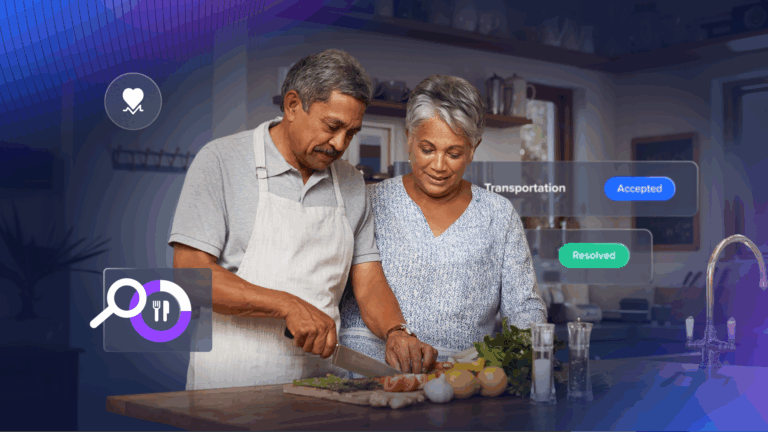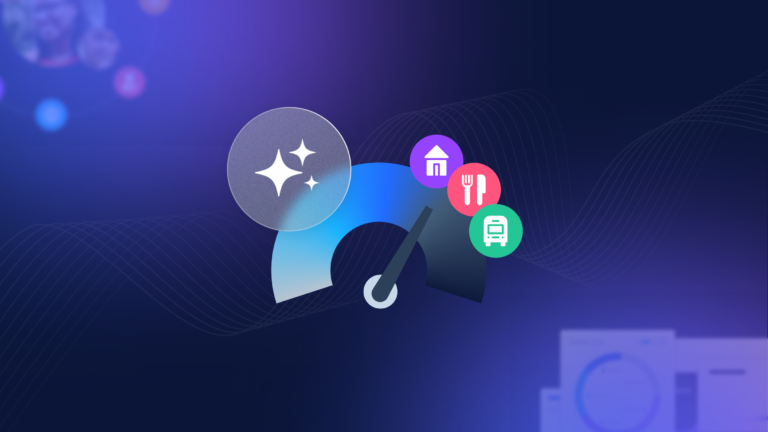
Top 5 Reasons Your Nonprofit Community Organization Should Embrace Technology (and how you can at no cost)
We know that health happens in communities, not hospitals. And we know that your nonprofit community organization is working hard, probably on a tight budget, to meet the needs of your community.
The thought of purchasing and training staff on new digital tools can feel overwhelming. The reality, though, is that digital tools can save organizations like yours time, and ease your administrative burdens and workflow bottlenecks.
Here are the top five reasons to embrace technology at your nonprofit community organization today!
1. Get to know other caregivers in your community
Challenge: Everyone is working hard, trying to help as many people as possible. Few opportunities exist to touch base with other nonprofits in your community, primary care offices down the street, or staff in the emergency department at the local hospital.
Solution: Collaboration is easier when you’re able to communicate using the same digital platform. Send and receive referrals with detailed notes, check out the services and programs CBOs are offering near you (and your clients), and “e-meet” some key partners in clinics and at other organizations.
“We can hop on the Unite Us Platform to give families the resources they need. Working with families, you hate to tell them no. With this platform, we can search and find different services that we didn’t even know existed. It helps us deliver the services more efficiently and timely.”
– Mickia Freeman, Case Manager/Supervisor, Positive Parenting Partnership Champions for Children
2. Access reports showing your work’s impact – with just the click of a button
Challenge: Data is critical for any organization to continue to grow and access new funding opportunities. Today, however, nonprofits typically report data and impact manually using paper forms, excel spreadsheets, the list goes on – and bringing all of this together can be a headache.
Solution: Leveraging one platform to capture and report out on your programs and services provides insights into the impact of your organization, enabling you to report out on key initiatives without all the hassle and administrative burden.
3. Focus on doing what you do best
Challenge: We know that to support your clients properly, they need additional support from other nonprofit partners. Connecting clients with other resources, however, is often time-consuming, complicated, and can take time away from your mission.
Solution: Embracing digital platforms gives you the ability to connect clients with the services they need – allowing you to focus on providing your organization’s quality services. The Unite Us Platform also allows you to seamlessly connect your clients with other organizations that can support their needs, replacing what has been a manual process for decades.
4. Rest easy knowing the result of your efforts
Challenge: You made the referral and even coordinated their transportation. But is there a way to confirm that the client ultimately received the services you worked so hard to coordinate?
Solution: Put your mind at ease. With digital documentation, closed-loop platforms like Unite Us allow you to follow the referral and be sure the case is closed.
5. Our platform is available at no cost for nonprofit community organizations
Challenge: Software licenses can really add up. It can be difficult to prioritize the best use for limited funds.
Solution: Keep doing what you do best –the Unite Us Platform is available at no cost for nonprofit community organizations! Unite Us Platform is also user-friendly and offers user support to make the transition to digital documentation easy.
To learn more about a Unite Us network near you and how you can join at no cost, click here:



